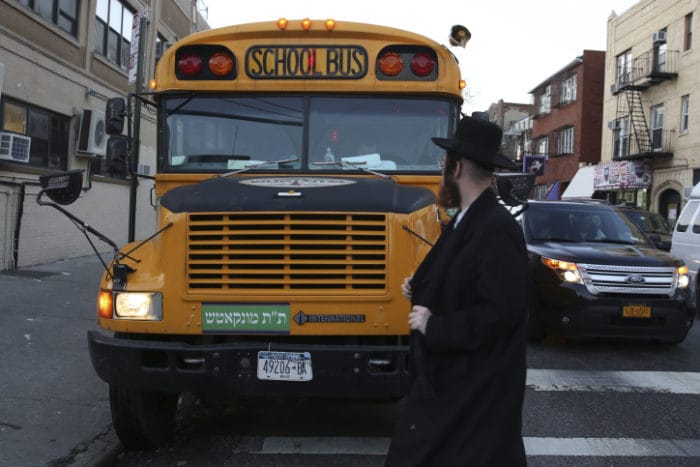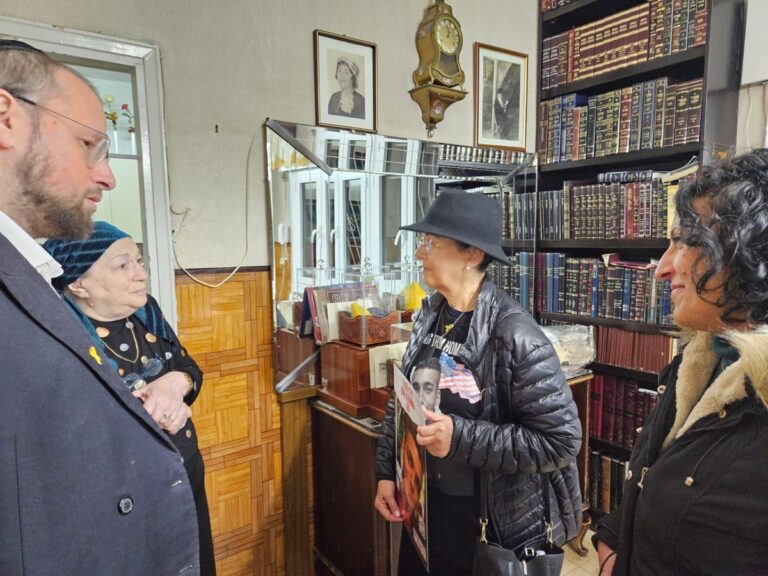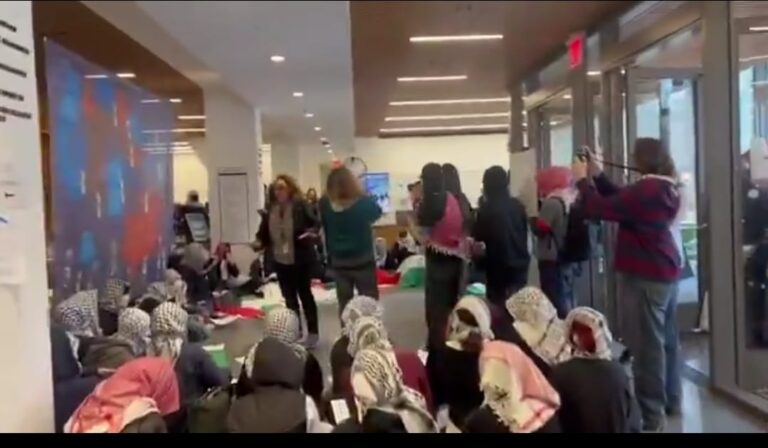 Bangladeshi salvage workers on Monday neared the end of their search for victims of the collapse of a factory building, scouring the basement of the complex that crumbled in on itself and killed 1,127 people.
Bangladeshi salvage workers on Monday neared the end of their search for victims of the collapse of a factory building, scouring the basement of the complex that crumbled in on itself and killed 1,127 people.
A series of deadly incidents at factories, including a fire in November that killed 112 people, has focused global attention on safety standards in Bangladesh’s booming garment industry.
The toll of 1,127 – the world’s most deadly industrial accident since 1984 Bhopal disaster in India – could be the final one as no more bodies were found on Monday, a spokesman at the army control room coordinating the salvage operation said.
“The rescuers have reached the basement where the chances of finding more dead bodies are very low,” said Captain Tazul Islam.
The site would be handed over to the district administration on Tuesday on completion of salvage work, according to army spokesman Shahinul Islam.
The cabinet approved an amendment to Bangladesh’s labour laws on Monday, paving the way for parliament to allow garment workers to form trade unions without prior approval from the factory owners.
International labour and human rights groups had long campaigned for workers to be able to form establish unions without such approval.
The amendment was endorsed a day after the government decided to form a wage board to consider pay increases for readymade garment workers.
Average monthly minimum wages now stand at the equivalent of $38 after an increase of about 80 percent in 2010 in response to months of violent street protests.
UNREST
Worker unrest prompted authorities to shut down more than 300 garment factories for indefinite periods in the Ashulia industrial belt, on the outskirts of the capital Dhaka, that accounts for nearly 20 percent of total exports.
“Owners decided to close their factories on safety grounds after workers went on a rampage almost every day after the collapse of Rana Plaza,” said Mohammad Atiqul Islam, president of the Bangladesh Garment Manufacturers and Exporters Association.
Eight people were killed in a fire at a factory last week That an industry association said may have been arson.
About 2,500 people were rescued from the Rana Plaza, in Savar, a commercial suburb of Dhaka, after the April 24 collapse. Many survivors suffered serious injuries.
The disaster, believed to have been triggered when generators were started up during a blackout, has raised questions about the use by Western retailers of the impoverished South Asian nation as a source of cheap goods.
Nine people have been arrested in connection with the disaster, including the building’s owner and bosses of the factories it housed.
The government has accused the owners and builders of the eight-storey complex of using shoddy building materials, including substandard rods, bricks and cement, and of not obtaining the necessary clearances.
Bangladesh’s garment industry accounts for 80 percent of its exports. Low wages have helped lift Bangladesh to number two in the global ranking of exporters, behind China.
Bangladesh ranked last in minimum wages for factory workers in 2010, according to World Bank data, behind Cambodia.
(Reuters)











One Response
what do we learn from this incident? that we need to be concerned for the welfare of others. the root word of bangladesh is b’gan dosh meaning to trample in the garden.